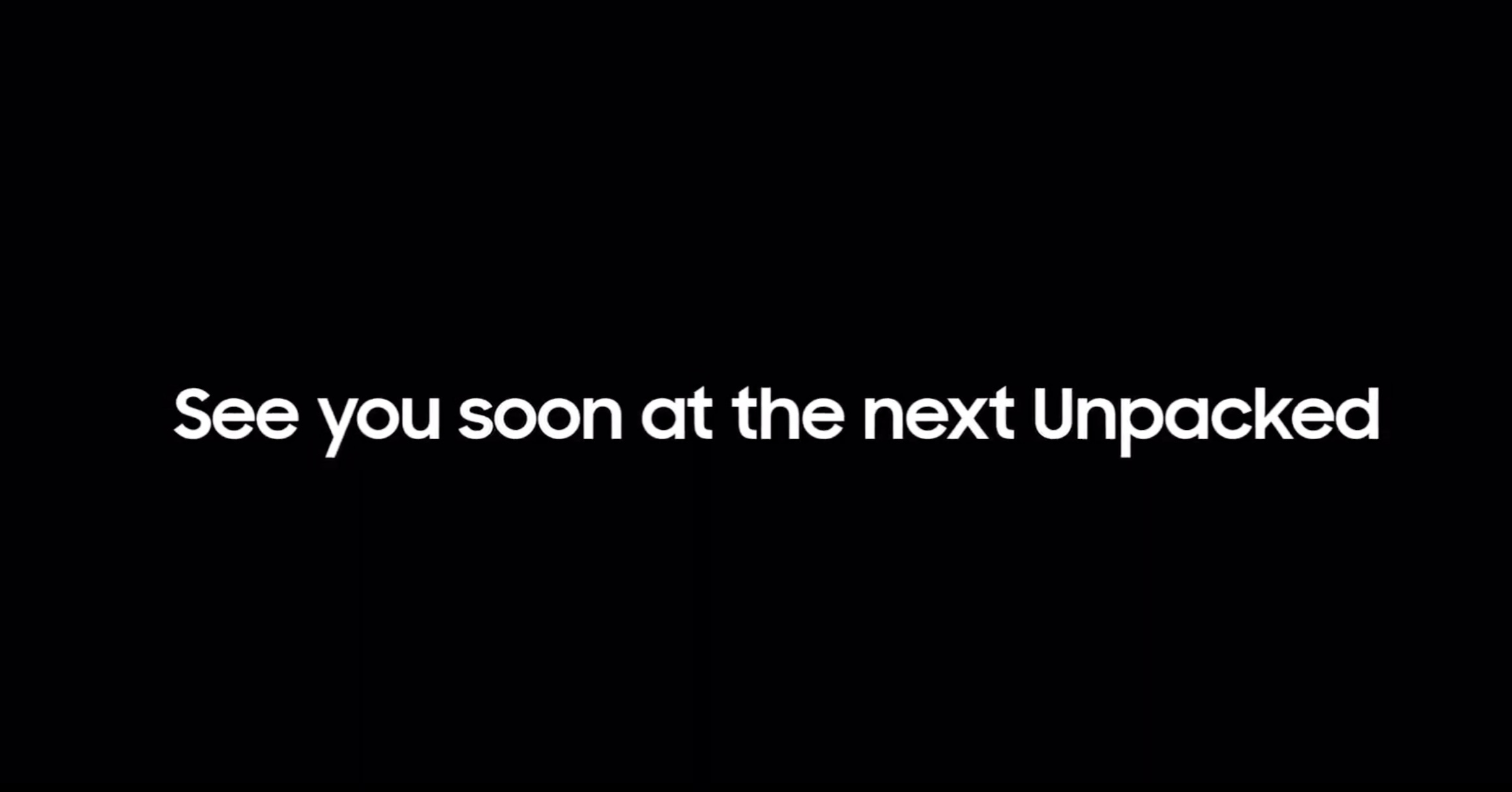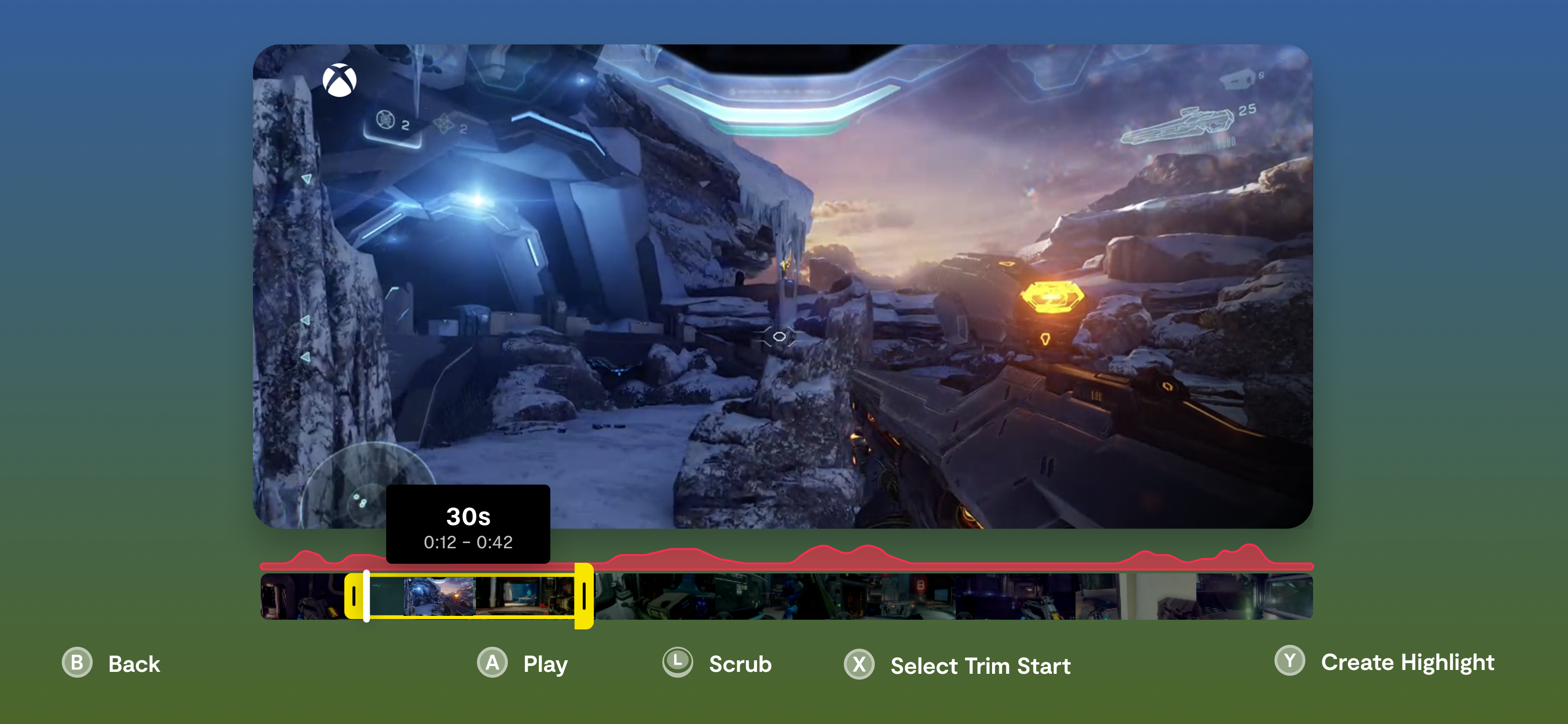Family offices have existed since the 1800s, but they’ve never been so manifold as in recent years. According to a 2019 Global Family Office Report by UBS and Campden Wealth, 68% of the 360 family offices surveyed were founded in 2000 or later.
Their rise owes to numerous factors, including the tech startups that mint new centi-millionaires and billionaires each year, along with the increasingly complex choices that people with so much moolah encounter. Think household administration, legal matters, trust and estate management, personal investments, charitable ventures.
Still, family offices tend to cater to people with investable assets of $1 billion or more, according to KPMG. Even multi-family offices, where resources are shared with other families, are more typically targeting people with at least $20 million to invest. That high bar means there are still a lot of people with a lot of resources who need hand-holding.
Enter Harness Wealth, a three-year-old, New York-based outfit that was founded by David Snider and Katie Prentke English to cater to individuals with increasingly complex financial pictures, including following liquidity events. The two understand as well as anyone how one’s vested interests can abruptly change — and how hard these can be to manage when working full-time.
Snider got his start out of school as an associate with Bain & Company and later as an associate with Bain Capital before becoming the first business hire at the real estate company Compass and getting promoted to COO and CFO after the company’s $25 million Series A raise in 2013. That little company grew, of course, and now, less than four months after its late-March IPO, Compass boasts a market cap of nearly $27 billion.
Indeed, over the years, Snider, who rejoined Bain as an executive-in-residence after 4.5 years with Compass, began to see a big opportunity in bringing together the often siloed businesses of tax planning and estate planning and investment planning, including it because “it resonated with me personally. Despite all these great things on my resume, every six months I found something I could or should have been doing differently with my equity.”
Prentke English is also like a lot of the clients to which Harness Wealth caters today. After spending more than six years at American Express, she spent two years as the CMO of London-based online investment manager Nutmeg. She left the role to start Harness after being introduced to Snider through a mutual friend; in the meantime, Nutmeg was just acquired by JPMorgan Chase.
While there is no shortage of wealth managers to whom such individuals can turn, Harness says it does far more than pair people with independent registered investment advisors — which is a key part of its business. It also helps its customers, depending on their needs, connect with a team of pros across an array of verticals — not unlike the access an individual might have if they were to have a family office.
As for how Harness makes money, it shares revenue with the advisers on the platform. Snider says the percentage varies, though it’s an “ongoing revenue share to ensure alignment with our clients.” In other words, he adds, “We only do well if they find long-term success with the advisers on our platform,” versus if Harness merely collected a lead generation fee.
Ultimately, the company thinks it can replace a lot of the do-it-yourself services available in the market, like Personal Capital and Mint. That confidence is rooted in part in Snider’s experience with Compass, which, in its earlier days, though it could navigate around real estate agents but “found that while people wanted better data insights and a better user interface, they also wanted that coupled with someone who’d had many clients who looked like them,” says Snider.
He adds that Prentke English joined forces with him after discovering that Nutmeg, too, was “running into the limitations of a non-human-powered solution.”
Investors think the thesis makes sense, certainly. Harness just closed on $15 million in Series A funding led by Jackson Square Ventures, a round that brings the company’s total funding to $19 million. (Both new and existing investors include Bain Capital; Torch Capital; Activant; GingerBread Capital; FJ Labs; i2BF Ventures; First Minute Capital; Liquid2 Ventures; Alleycorp, Marc Benioff; Compass founder Ori Allon; and Paul Edgerley, who is the former co-head of Bain Capital Private Equity.
As for what Harness Wealth does with that fresh capital, part of it, interestingly, will be used to develop its own captive business line called Harness Tax. As Snider explains it, more of its clients are finding that tax planning is among their biggest concerns, given all that is happening on the IPO front, with SPACs, with remote work, and also with cryptocurrencies, into which more people are pouring money but around which the tax code has been playing catch-up.
It makes sense, given that tax planning can be time-sensitive and often dictate the overall financial planning strategy. At the same time, it’s fair to wonder whether some of Harness Wealth’s adviser partners will be turned off from working with the outfit if it thinks its partner is evolving into a rival.
Snider insists that Harness Wealth — which currently employs 22 people and is not-yet profitable — has no such designs. “Our goal is only to help people where we can add value, and we saw an opportunity to lean in on tax side.”
Harness has a “a very large population of people who may not understand their tax liabilities” because of the crypto boom in particular, he explains, adding, “We want to make sure we’re front and center” and ready to help as needed.











